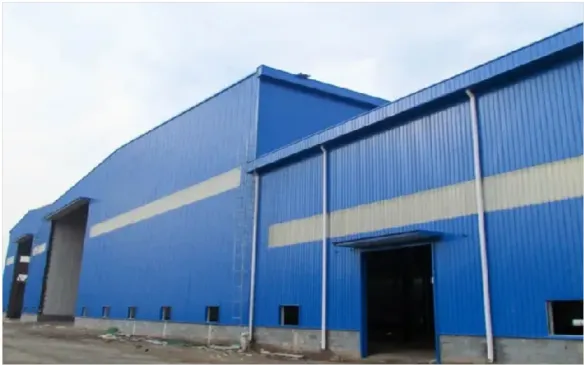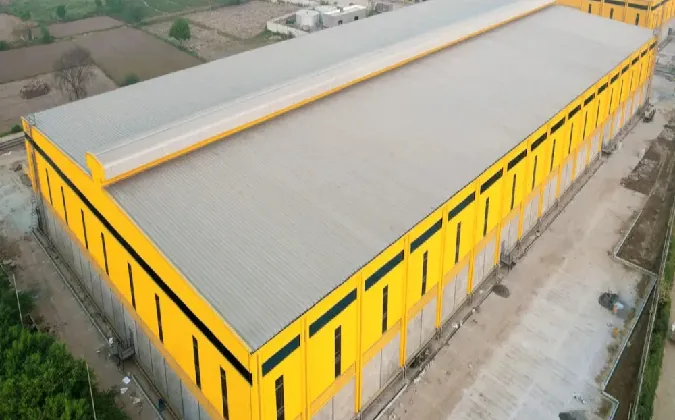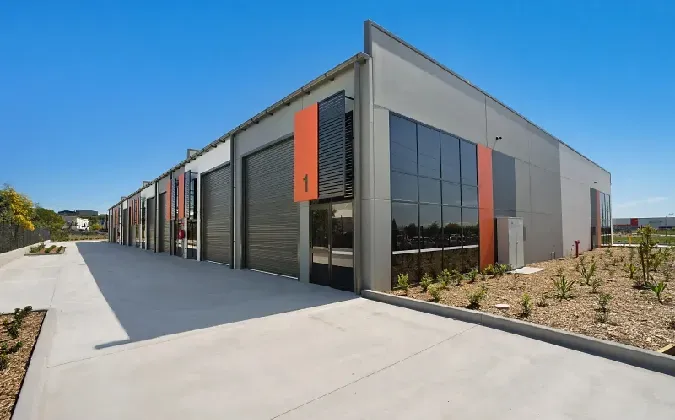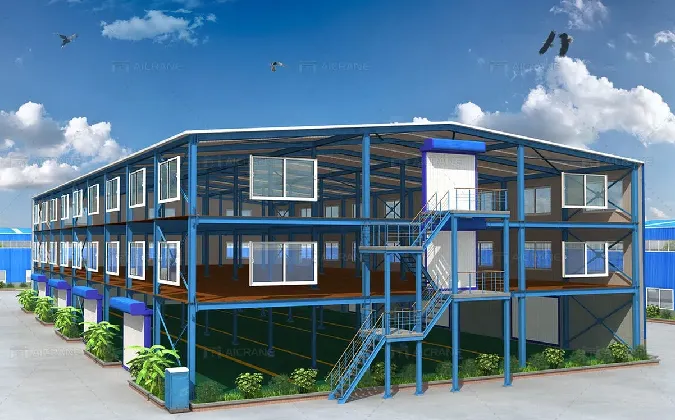- Afričan
- albánský
- amharština
- arabština
- arménský
- ázerbájdžánský
- baskický
- běloruský
- bengálský
- bosenský
- bulharský
- katalánština
- Cebuano
- Korsičan
- chorvatský
- čeština
- dánština
- holandský
- Angličtina
- esperanto
- estonština
- finština
- francouzština
- fríský
- galicijský
- gruzínský
- Němec
- řecký
- Gudžarátština
- haitská kreolština
- hausa
- havajský
- hebrejština
- ani náhodou
- Miao
- maďarský
- islandský
- igbo
- indonéština
- irština
- italština
- japonský
- jávský
- Kannada
- kazašský
- khmerské
- Rwandské
- korejština
- kurdština
- kyrgyzština
- TBC
- latinský
- lotyšský
- litevský
- lucemburský
- makedonský
- Malgashi
- malajština
- malajálamština
- maltština
- maorští
- maráthština
- mongolský
- Myanmar
- nepálský
- norský
- norský
- okcitánština
- paštština
- Peršan
- polština
- portugalština
- pandžábština
- rumunština
- ruština
- Samoan
- skotská gaelština
- srbština
- Angličtina
- Shona
- Sindhi
- sinhálština
- Slovák
- slovinský
- somálský
- španělština
- sundánština
- svahilština
- švédský
- Tagalog
- tádžický
- tamilština
- Tatar
- telugština
- thajština
- turečtina
- turkmenský
- ukrajinština
- Urdu
- ujgurské
- uzbecký
- vietnamština
- velština
- Pomoc
- jidiš
- jorubština
- Zulu
Srp . 07, 2025 09:57 Zpět na seznam
The construction industry is revolutionizing housing development through steel frame modular construction, an innovative approach that combines structural integrity with manufacturing efficiency. By utilizing prefabricated steel frame components and modular steel frame assembly techniques, builders can deliver high-quality housing faster and more sustainably than traditional methods allow.

Structural Benefits of Modular Steel Frame
- The modular steel frame system provides exceptional structural advantages for residential construction:
- Superior strength-to-weight ratio enables taller modular buildings with larger open spaces
• Consistent quality control through factory production eliminates on-site variability
• Enhanced durability resists seismic forces, high winds, and extreme weather conditions
• Non-combustible steel construction improves fire safety compared to wood framing
• Long-span capabilities allow for flexible interior layouts and future modifications
|
Category |
Details |
|
Main Steel Grades |
Q355, Q345, Q235, Q355B, Q345B, Q235B |
|
Beam & Column |
Welded or Hot-rolled H-section |
|
Vaznice |
Hot Dipped Galvanized C/Z Purlin |
|
Bolt Accessories |
Foundation bolts, High-Strength Bolts, General Bolts |
|
Wall & Roof Materials |
EPS/Glass Wool/Rock Wool/PU Sandwich Panels or Corrugated Steel Sheets |
|
Dveře |
Sliding Sandwich Panel Door, Rolling Metal Door |
|
Okna |
Aluminium Alloy Window, PVC Window |
|
Surface Treatment |
Žárově pozinkované nebo lakované |
|
Additional Features |
Semi-transparent Skylight belts, Ventilators, Downpipe and Gutter, Cranes (5MT, 10MT, 15MT) |
|
Drawings & Quotation |
(1) Customized design welcomed. |
Efficiency Gains with Prefabricated Steel Frame
Prefabricated steel frame construction delivers remarkable productivity improvements:
- Parallel site and factory work reduces total project duration by 30-50%
• Precision manufacturing minimizes material waste to less than 5%
• Reduced weather delays as most construction occurs in controlled environments
• Simplified logistics with just-in-time delivery of complete modules
• Fewer skilled laborers required on-site compared to conventional building
Design Flexibility in Steel Frame Modular Construction
Steel frame modular construction offers architects unprecedented design freedom:
- Modules can be combined vertically and horizontally for custom configurations
• Large open spans achievable without intermediate support walls
• Facade treatments identical to conventional construction methods
• Easy integration with other structural systems and materials
• Future expansion simplified through additional module connections
Sustainability Advantages of Modular Steel Frame
Modular steel frame systems provide substantial environmental benefits:
- Steel components are 100% recyclable at end of building life
• Factory precision reduces material waste by 70-90%
• Tighter building envelopes improve energy efficiency
• Reduced site disturbance preserves natural environments
• Shorter construction periods decrease neighborhood disruption
Cost Effectiveness of Prefabricated Steel Frame
Prefabricated steel frame construction delivers financial advantages:
- Predictable costs through controlled factory production
• Reduced financing expenses from faster completion
• Lower insurance premiums due to superior fire resistance
• Minimal maintenance requirements over building lifespan
• Higher residual value from durable steel structure
Modular Steel Frame FAQS
Q: How does a prefabricated steel frame enhance the efficiency of modular steel frame construction?
A: A prefabricated steel frame is manufactured off-site in a controlled environment, allowing components like beams and columns to be precision-cut and welded before delivery. This reduces on-site labor by up to 50% for modular steel frame projects, as modules can be quickly assembled like puzzle pieces. For example, prefabricated joints with pre-drilled holes eliminate the need for on-site welding, speeding up installation and minimizing weather delays.
Q: What key differences exist between modular steel frame systems and traditional steel frame modular construction?
A: Modular steel frame systems focus on individual structural units (e.g., beams, columns) that form the skeleton of a building, while steel frame modular construction refers to entire pre-built modules (like rooms or floors) that are transported and stacked. Modular frames offer more design flexibility for custom layouts, whereas modular construction prioritizes rapid assembly for standardized projects like apartments or offices. Both use steel for durability, but their application scales differ.
Q: How do building codes impact the use of prefabricated steel frames in steel frame modular construction?
A: Prefabricated steel frames in modular construction must comply with local codes for structural integrity (e.g., load-bearing capacity) and fire safety. For example, steel frames in residential projects need fire-resistant coatings to meet occupancy standards, while commercial steel frame modular construction may require additional seismic bracing in high-risk zones. Prefabrication allows manufacturers to integrate code-compliant features early, reducing inspection delays during installation.
Q: Can modular steel frames be customized for unique architectural designs in steel frame modular construction?
A: Yes—modular steel frames can be customized with variable column spacing, curved beams, or specialized connections to accommodate unique designs. In steel frame modular construction, this flexibility enables architects to create complex shapes (like cantilevered structures or angular facades) while maintaining modular assembly speed. For instance, a prefabricated steel frame with adjustable trusses can support a sloped roof in a modular home without sacrificing construction efficiency.
Q: What maintenance practices are essential for prolonging the lifespan of modular steel frames in prefabricated steel frame structures?
A: Modular steel frames in prefabricated structures require annual checks for corrosion (especially in coastal areas), loose fasteners, and coating wear. Galvanized steel frames need less maintenance, but exposed welds may require touch-up paint. In steel frame modular construction, inspecting inter-module connections for water infiltration is crucial, as leaks can compromise the frame’s integrity. Regularly cleaning debris from roof gutters and ensuring proper drainage also prevents rust accumulation.
Welcome to Hebei HongJi Shunda Steel Structure Engineering Co., Ltd., Since 2000, we’ve redefined steel engineering on our 52,000㎡ campus, fueled by a USD$2.5M commitment to innovation. Specializing in steel warehouses, workshops, and eco-homes, we blend global design concepts with cost-smart raw material strategies. Our pro teams deliver end-to-end solutions—from blueprint to installation—crafting green, high-performance structures that stand the test of time. Every weld, every panel, precision-perfected. Unlock your steel vision at www.hongjishunda.com
-
Steel Construction Factory Processes
ZprávyAug.07,2025
-
Portal Frame Shed for Sale: Delivery Options
ZprávyAug.07,2025
-
Metal Workshops for Sale: Insulation Solutions
ZprávyAug.07,2025
-
Metal Steel Building Manufacturers: Post-Construction Services
ZprávyAug.07,2025
-
Metal Garage Shed Kits: Size Options
ZprávyAug.07,2025
Kategorie produktů
Naše nejnovější zprávy
We have a professional design team and an excellent production and construction team.












